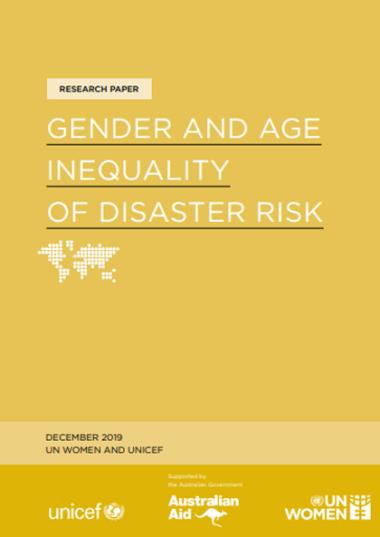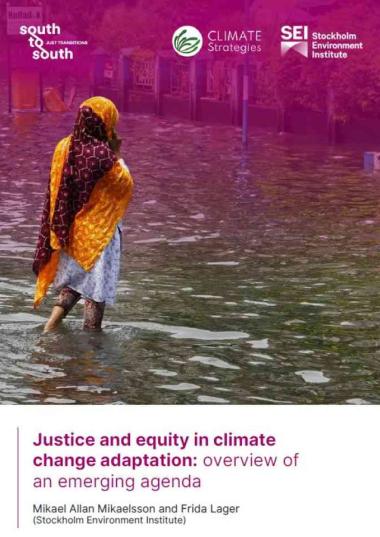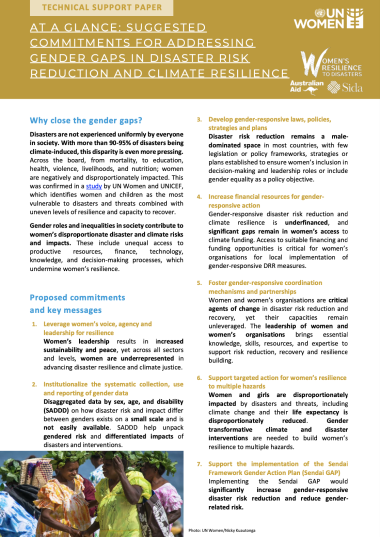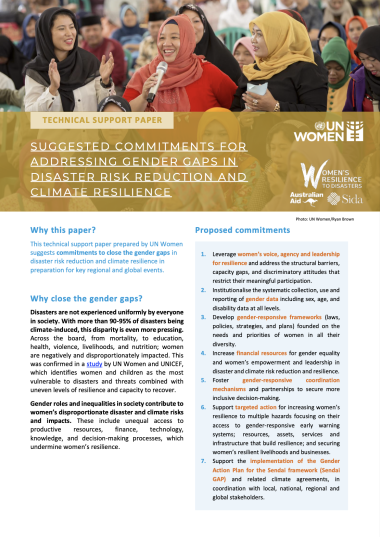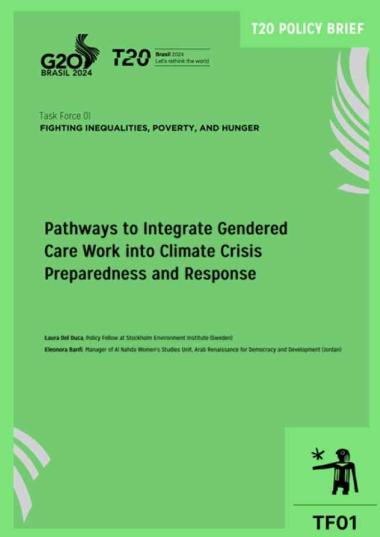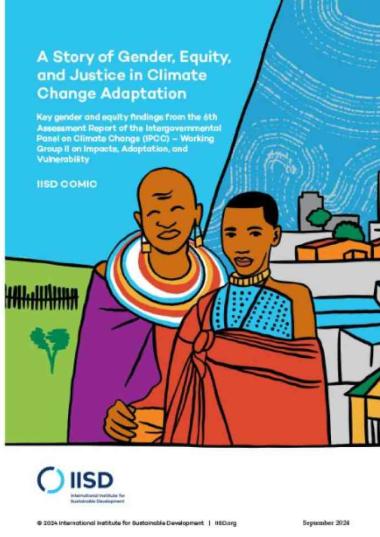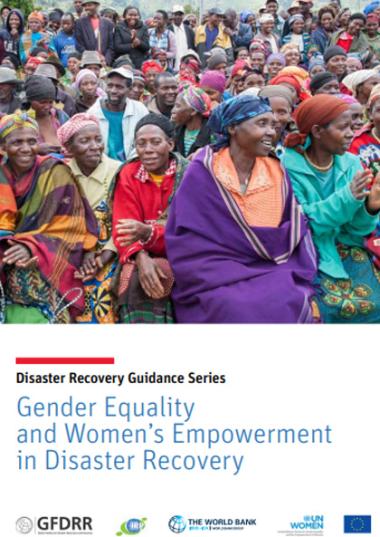
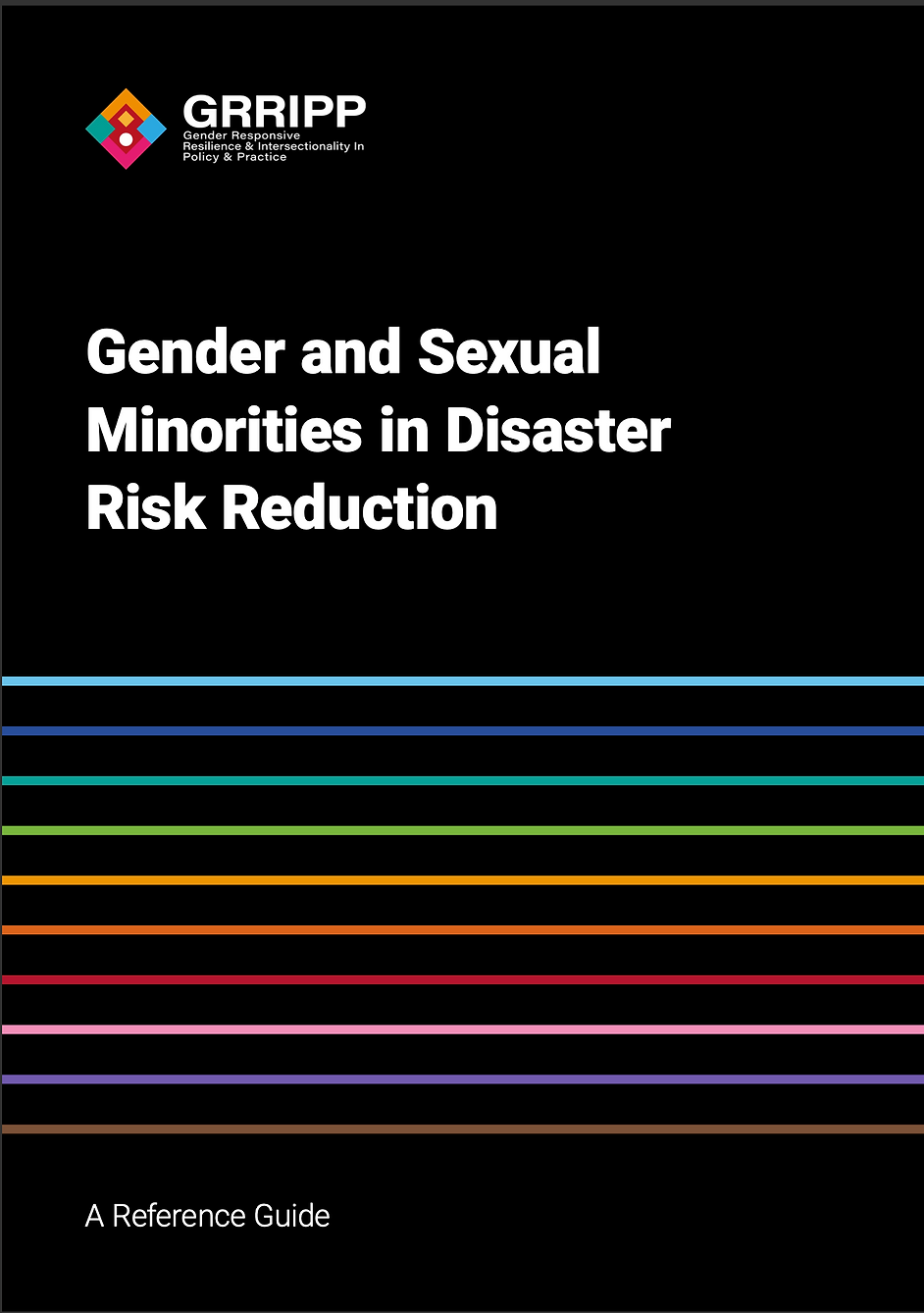
Disasters are often portrayed as equal opportunity offenders, affecting everyone in the impacted area. Whilst the process of a hazard becoming a disaster will have a degree of impact on every individual or community, these impacts will not be uniform across society. For example, a person's sexual orientation or gender identity plays a significant role in determining the level of risk and exposure they face before, during and after a disaster or crisis situation. This is not an inevitable fact nor an inherent trait of these social differences, but the result of unequal and discriminatory social norms and structures.
By examining the available literature, this guide aims to disseminate and promote the significance of the knowledge learnt from incorporating gender and sexual minority studies into disaster risk reduction. This objective facilitates a more truly inclusive and less binary understanding of the impact of gender and sexual identities on disaster risk, exposure and vulnerability.
